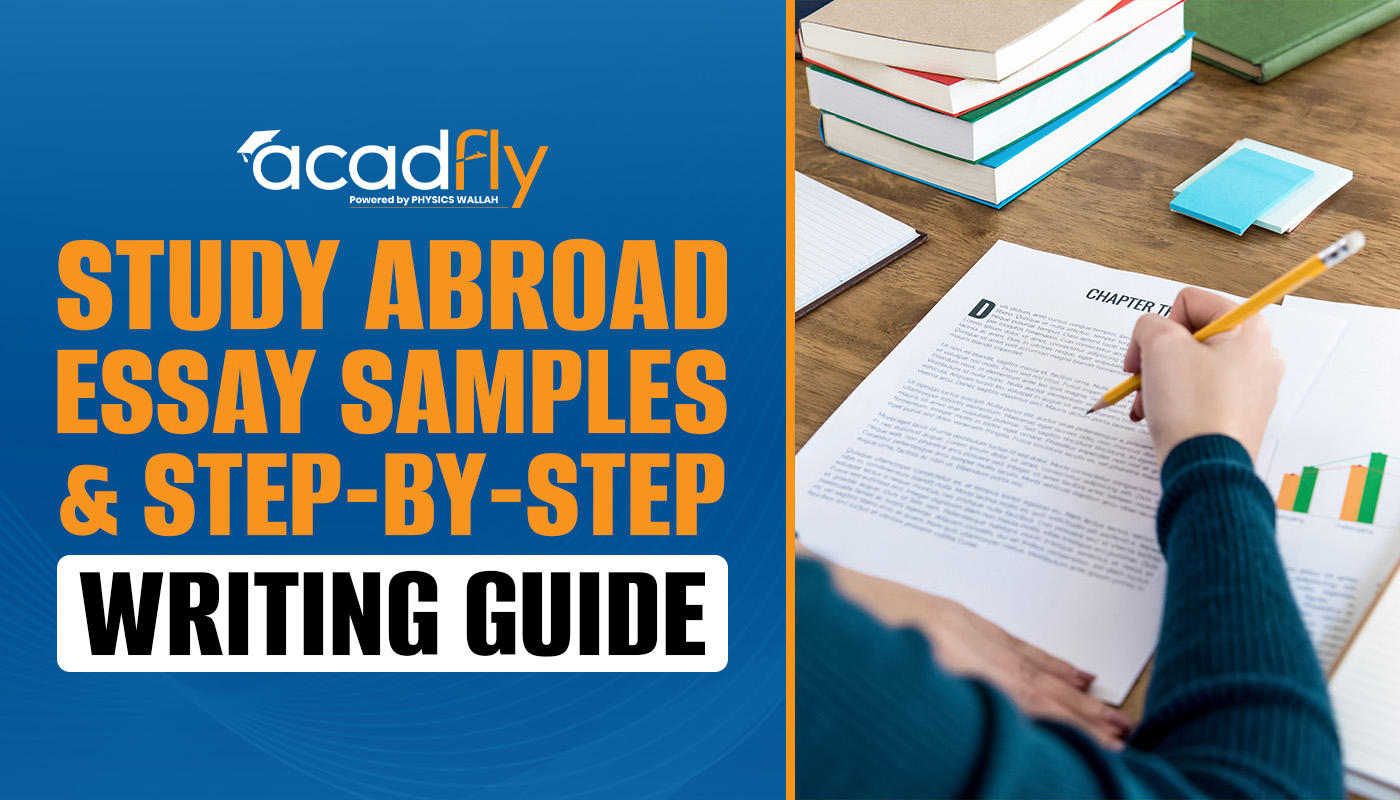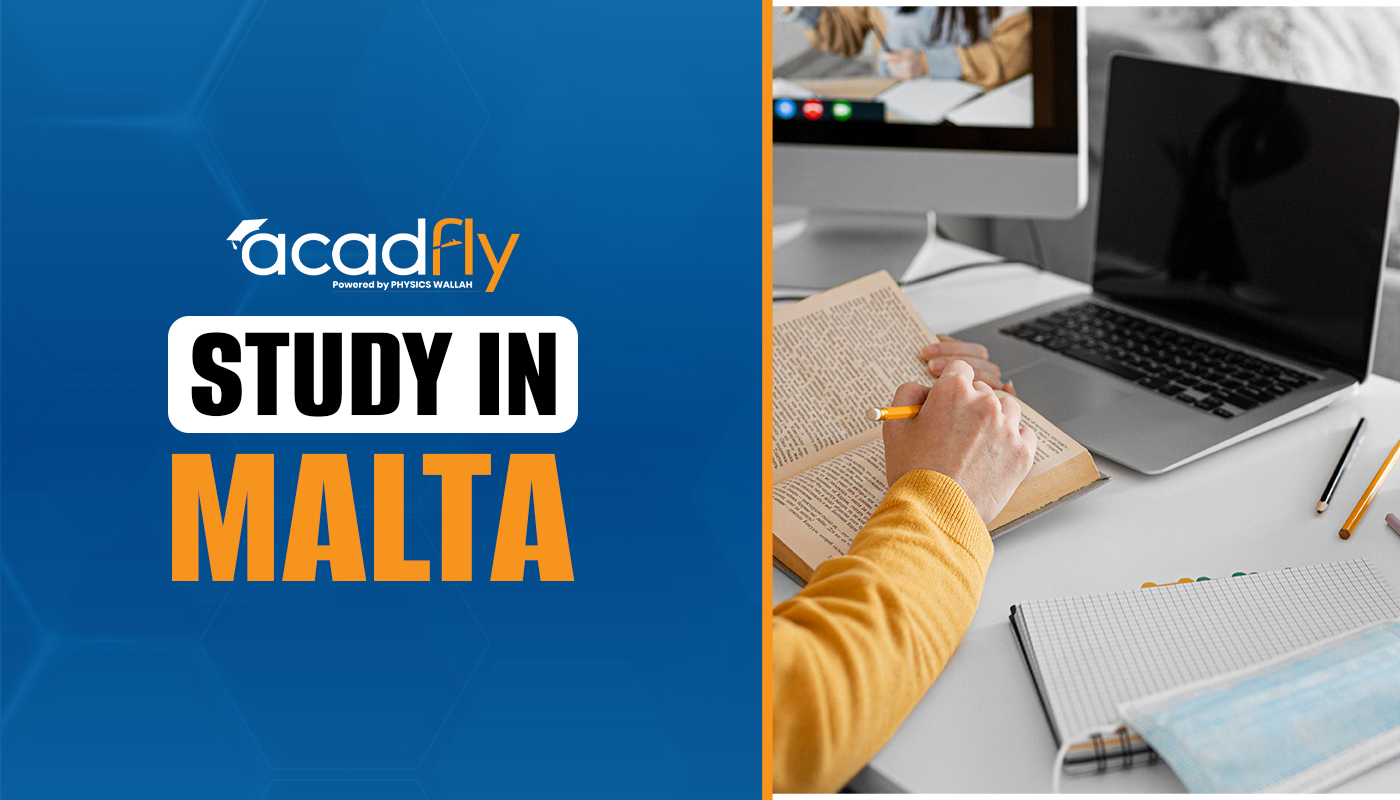


Tips to Crack TOEFL 2025: Thousands of aspiring students worldwide are setting their sights on higher education abroad, and for many, the Test of English as a Foreign Language (TOEFL)remains a crucial stepping stone. While the core purpose of TOEFL – to assess your English language proficiency in an academic setting – remains the same, smart preparation tailored to the current format is key to unlocking your dream university.
The TOEFL iBT underwent significant changes in July 2023, making it shorter and more streamlined. If you're planning to take the test in 2025, understanding these changes and adapting your strategy is paramount. Here’s a comprehensive guide to help you conquer the TOEFL 2025.
Understanding the New TOEFL Landscape (for 2025)
The most significant change to remember for your 2025 test is the reduced duration. The test is now approximately 2 hours long, down from 3 hours. This means:
- Fewer Reading Passages: Typically 2 passages instead of 3-4.
-
Shorter Listening Section: Fewer lectures and conversations.
-
Streamlined Speaking Section: No independent speaking task.
-
New Writing Task: "Writing for an Academic Discussion" replaces the independent writing task.
-
This shorter format emphasizes efficiency and direct assessment. While the pressure per question might feel higher due to fewer opportunities, focused preparation makes success more attainable than ever.
Foundational Strategies for Overall Success
Before diving into section-specific tips, lay a strong foundation:
-
Know the Test Inside Out: Download the official TOEFL iBT® Test Prep Planner from ETS (Educational Testing Service), the creators of the TOEFL. Understand the question types, scoring criteria, and time limits for each section.
-
Set a Realistic Target Score: Research the minimum TOEFL scores required by your target universities. This will help you set a clear goal and gauge your progress.
-
Create a Study Schedule: A consistent study plan is vital. Allocate specific times each week for TOEFL preparation and stick to it. Balance all four sections; don't neglect your weaker areas.
-
Utilize Official ETS Materials: This is non-negotiable. Official guides, practice tests (TOEFL iBT® Free Practice Test, TOEFL iBT® Practice Sets, TOEFL iBT® Official Guide), and online resources from ETS provide the most accurate simulation of the real test.
Build Your English Foundation:
Vocabulary: Focus on academic vocabulary. Read academic articles, listen to university lectures (e.g., TED Talks, university podcasts), and use flashcards.
Grammar: Review essential grammar rules. Pay attention to sentence structure, verb tenses, and subject-verb agreement.
Note-Taking Skills: Develop an efficient note-taking system. This is crucial for the Listening, Speaking, and Writing sections. Use abbreviations, symbols, and organize information clearly.
Practice Time Management: The shorter test demands excellent time management. Practice answering questions within the allocated time for each section and question type. Knowing TOEFL exam pattern is important.
Mastering Each Section
Having a thorough understanding of each section is vital. What does it include? The types of questions and various such things. Let us see those
Reading Section (Approx. 35 minutes)
-
Focus on Key Information: With fewer passages, every question counts. Practice identifying the main idea, supporting details, inferences, and the author's purpose.
-
Vocabulary in Context: Even if you don't know a word, try to deduce its meaning from the surrounding text.
-
Skimming and Scanning: Learn to quickly skim passages to get the gist and scan for specific information.
-
Understand Question Types: Familiarize yourself with summary questions, detail questions, negative factual questions, inference questions, etc.
-
Practice with Academic Texts: Read journals, textbooks, and academic articles to get comfortable with the style and complexity of TOEFL reading passages.
Listening Section (Approx. 36 minutes)
-
Active Listening and Note-Taking: This is where good note-taking shines. Listen for main ideas, key details, the speaker's attitude, conclusions, and relationships between ideas.
-
Identify Speaker's Purpose: Understand why a speaker is saying something (e.g., to explain, persuade, clarify).
-
Vary Your Listening Sources: Listen to a variety of English accents (American, British, Australian) from diverse academic contexts (lectures, discussions, conversations). Podcasts, documentaries, and online university courses are excellent resources.
-
Recognize Transition Words: Pay attention to phrases like "however," "in contrast," "for example," which signal shifts in ideas or introduce important points.
Speaking Section (Approx. 16 minutes)
-
Practice Speaking Aloud: Don't just think about what you'd say; actually say it. Record yourself and listen back to identify areas for improvement (pronunciation, fluency, intonation).
-
Structure Your Responses: For the integrated tasks, follow a clear structure: summarize the information from the reading and listening, then connect them.
-
Focus on Fluency and Coherence: Speak naturally, with good pacing. Use transition words and phrases to connect your ideas smoothly. Avoid long pauses or "umms."
-
Manage Your Time: You'll have limited time to prepare and speak. Practice delivering concise, well-organized answers within the given time limits.
-
Utilize Templates (Carefully): While templates can help structure your thoughts, avoid sounding robotic. Adapt them to fit the specific question.
Writing Section (Approx. 29 minutes)
-
Integrated Writing Task:
-
Take Effective Notes: Capture the main argument of the reading passage and the key points from the lecture that either support or challenge it.
-
Identify Connections: Clearly explain how the lecture points relate to the reading passage.
-
Structure Your Essay: Introduction (briefly state the main discrepancy/agreement), Body Paragraphs (each discusses one lecture point and its relation to the reading), Conclusion (summarize).
-
Writing for an Academic Discussion (New Task):
-
Understand the Prompt: Carefully read the discussion prompt and the professor's initial remarks, as well as the two student responses.
-
Formulate Your Opinion: Decide on your stance and develop at least two supporting points.
-
Engage with Others' Ideas: While expressing your opinion, you should also refer to or build upon the points made by the other students.
-
Use Academic Language: Maintain a formal, academic tone. Use appropriate vocabulary and sentence structures.
-
Practice Timed Responses: This task has a strict 10-minute time limit. Practice planning and writing your response quickly and effectively.
Before D-Day: The Final Countdown
-
Take Full-Length Practice Tests: At least 2-3 weeks before your test, take several full-length, timed practice tests under exam conditions. This will help you build stamina and identify any remaining weaknesses.
-
Review Your Mistakes: Don't just take tests; learn from them. Analyze why you got answers wrong and work on those specific areas.
-
Confirm Logistics: Double-check your test date, time, and location. Know the required ID documents.
-
Prioritize Rest: Get good sleep in the days leading up to the test. A well-rested mind performs better.
-
Relax and Visualize Success: Try to manage test anxiety. Engage in relaxing activities and visualize yourself confidently taking the test.
On Test Day: Stay Calm and Conquer
-
Arrive Early: Give yourself ample time to get to the test center, check in, and settle down.
-
Stay Calm: Take deep breaths if you feel nervous. Focus on one question at a time.
-
Read Instructions Carefully: Even if you've practiced, quickly read the instructions for each section and question type.
-
Manage Your Time Strategically: Keep an eye on the clock for each section. If you get stuck on a question, make an educated guess and move on.
-
Focus on the Task: Avoid distractions. Concentrate solely on the test.
Also, check the TOEFL Result details.
Cracking the TOEFL 2025 is not just about knowing English; it's about mastering the test format, managing your time, and strategically applying your knowledge. With consistent effort, smart preparation, and a positive mindset, you'll be well-equipped to achieve your target score and open the doors to your academic aspirations.
Tips to Crack TOEFL FAQs
What is the TOEFL test, and why is it important for 2025 applicants?
What's considered a good TOEFL score for 2025 admissions?
How should I begin my TOEFL 2025 preparation effectively?










